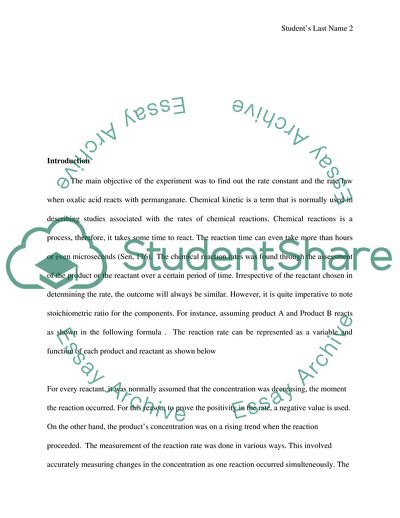Cite this document
(Chemical Kinetics Lab Report Example | Topics and Well Written Essays - 1500 words, n.d.)
Chemical Kinetics Lab Report Example | Topics and Well Written Essays - 1500 words. https://studentshare.org/chemistry/1859270-chemical-kinetics
Chemical Kinetics Lab Report Example | Topics and Well Written Essays - 1500 words. https://studentshare.org/chemistry/1859270-chemical-kinetics
(Chemical Kinetics Lab Report Example | Topics and Well Written Essays - 1500 Words)
Chemical Kinetics Lab Report Example | Topics and Well Written Essays - 1500 Words. https://studentshare.org/chemistry/1859270-chemical-kinetics.
Chemical Kinetics Lab Report Example | Topics and Well Written Essays - 1500 Words. https://studentshare.org/chemistry/1859270-chemical-kinetics.
“Chemical Kinetics Lab Report Example | Topics and Well Written Essays - 1500 Words”. https://studentshare.org/chemistry/1859270-chemical-kinetics.


